Whether you’re totally new to Milan or have been living in the northern city for a while but are still finding it hard to adapt to the milanese lifestyle, there are some mobile apps that are guaranteed to make daily life easier.
In no particular order, here are six of the most useful apps for navigating life in Milan.
ATM Milano
Public transport in Milan is efficient and reliable, with a dense network of trams, buses and metro lines servicing the city’s entire urban area. But, figuring out the best way to get to your chosen destination might not be so easy, especially if you’ve just moved to the city.
Luckily, ATM Milano, the mobile app provided by Milan’s main public transport operator (ATM), offers newcomers some precious assistance.
READ ALSO: What are the best Milan neighbourhoods for international residents?
The app will work out the quickest way to get to your destination, giving you all the relevant info regarding your journey as well as keeping you posted on potential delays or service suspensions on your route.
You can buy single tickets or manage your daily or monthly passes directly on the app. The app can be downloaded here.
SHARE NOW (from Car2Go)
Car-sharing services have become increasingly popular in Milan over the past few years and Car2Go is the most reliable provider in town.
Hiring a car through Car2Go’s app, SHARE NOW, is as easy as it gets: once you have uploaded your driving licence directly to the app, you’ll only need to locate a car in your area and book it with just a couple of taps on your screen.
There are five types of car available to users (you can see them here) and the operational zone has been recently extended to encompass some extra-urban areas (Baggio, Linate, San Donato and others).
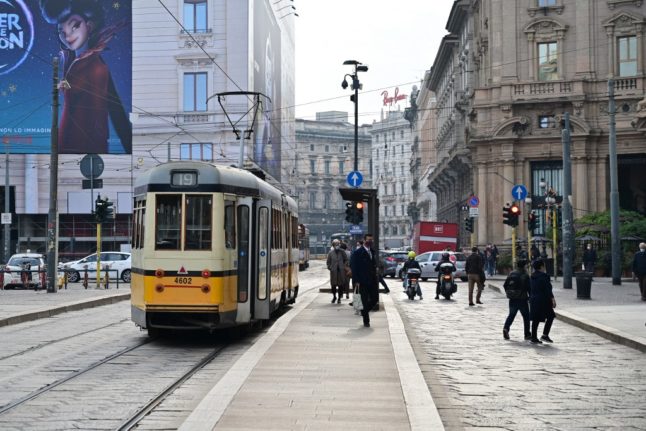
Rates go from six to eight euros an hour and parking within the urban area is free. Further info and app download links are available here.
BikeMi
If you’re not a fan of cars (or simply can’t stand traffic during peak hours), you’ll also have the option to quickly hop on a bike and cycle your way through the city.
There are countless bike-sharing services available to Milan residents but the BikeMi app is probably the most reliable one.
There are as many as 325 BikeMi stations scattered across the city, with nearly 5,500 between regular bikes and e-bikes being available to users.
BikeMi is also fairly cheap (around two euros an hour for regular bikes), though subscription to the service comes at a fee. The app can be downloaded here.
The Fork
Milan truly has no shortage of eateries and, as a resident, you’ll likely be dining out at least once a week.
But managing bookings over the phone can be a bit of a hassle at times, especially if you’re not very proficient in Italian.
READ ALSO: Five things you’ll only know if you live in Milan
The Fork app allows you to book a table at your favourite restaurant directly from your phone.
Boking through The Fork also gives you access to a number of generous discounts (20, 30 or even 50 percent) on your restaurant bill. You can download the app here.
Glovo
Online food delivery service Glovo is a popular choice among hungry Milanese who don’t feel like going out.
Glovo services an extensive network of restaurants across the city and deliveries are usually bang on time.
READ ALSO: Moving to Italy: How much does it really cost to live in Milan?
Aside from delivering food orders, the service will also bring anything from groceries to medicine to flowers right to your doorstep.
Download is available here.
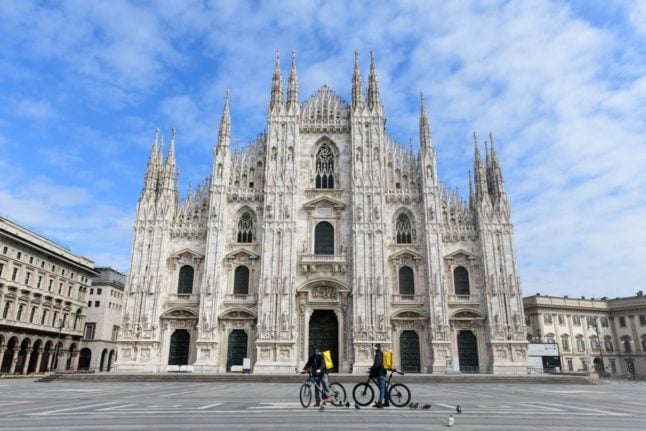
Playtomic
Milan is the Italian capital of padel, a racket sport which is in many ways similar to tennis, with the main difference being that a padel court is enclosed by walls and balls can be played off them.
Though you might not think much of it based on the above description, padel is a lot of fun and, besides keeping you fit, it’ll give you a chance to socialise with locals.
The best way to get involved is through the Playtomic app.
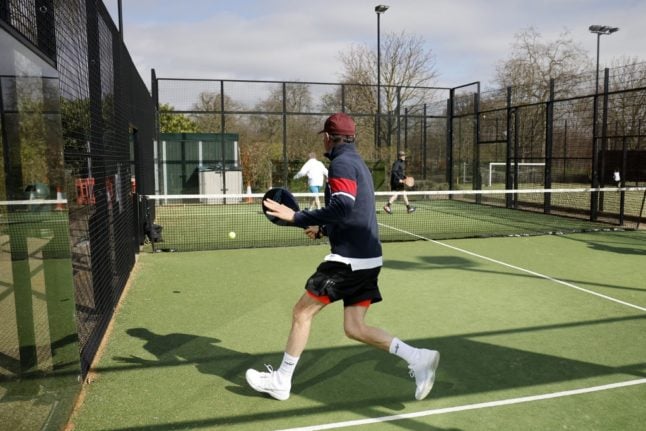
Far from being just a court-booking app, Playtomic gives users a chance to connect with other players, track their personal progress through match data and sign up for city-wide tournaments.
Bonus tip
If you’re a bit of a party animal and like to get home late on weekends, you might find yourself in need of a taxi at some point.
Now, Uber is available in Milan but it is far more expensive than in other major European cities. As such, your best bet would be to order a local taxi through AppTaxi.
Booking is easy and the app accepts a variety of payment methods.

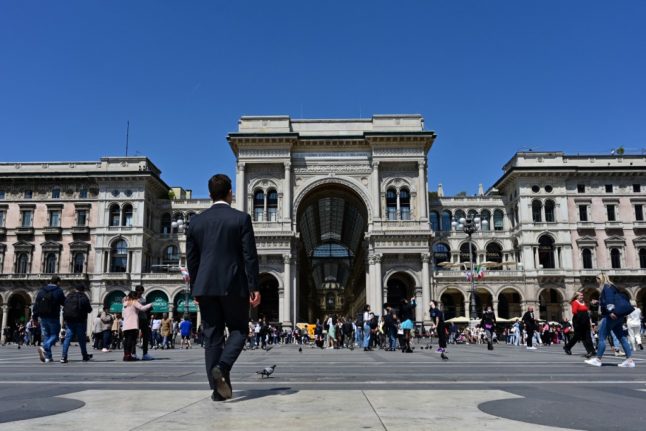


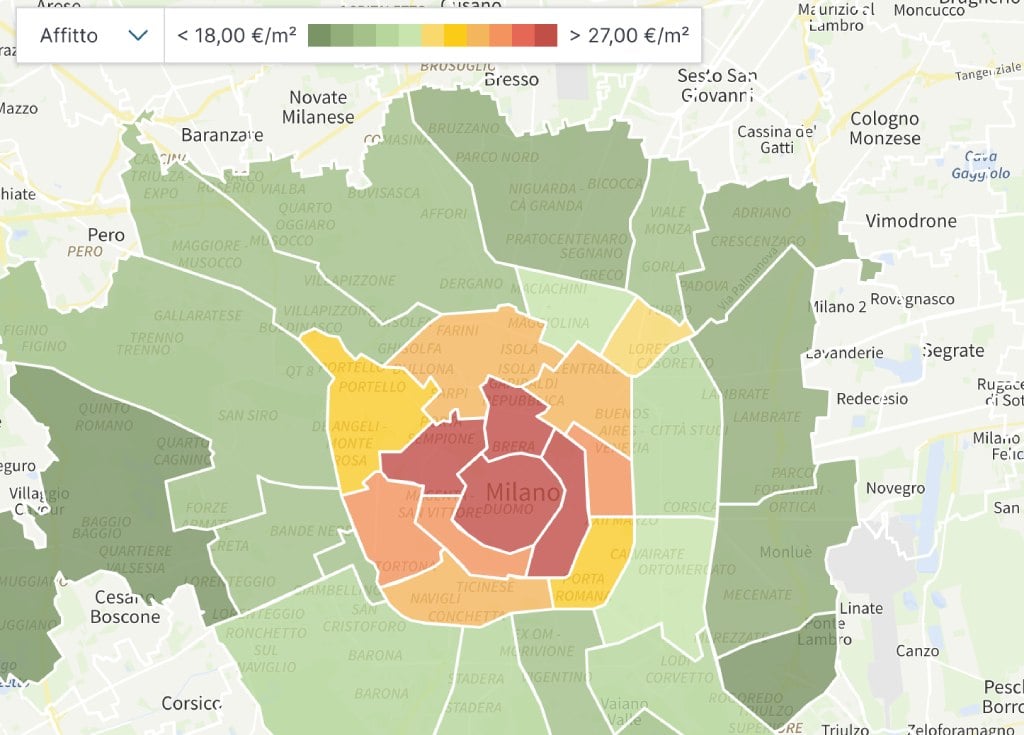
 Please whitelist us to continue reading.
Please whitelist us to continue reading.
Member comments